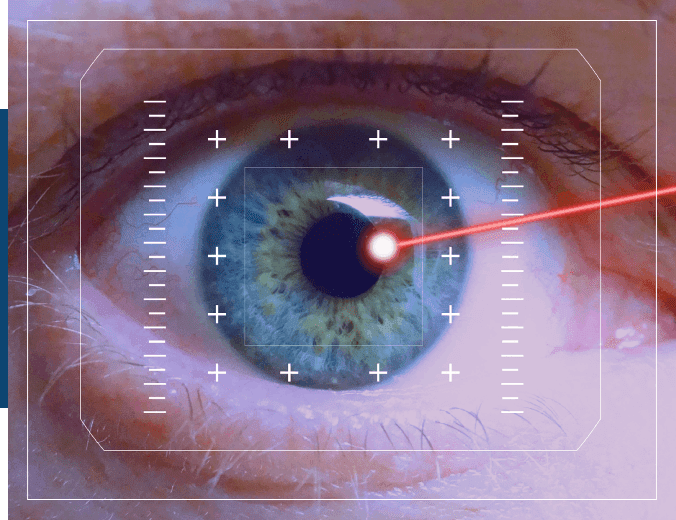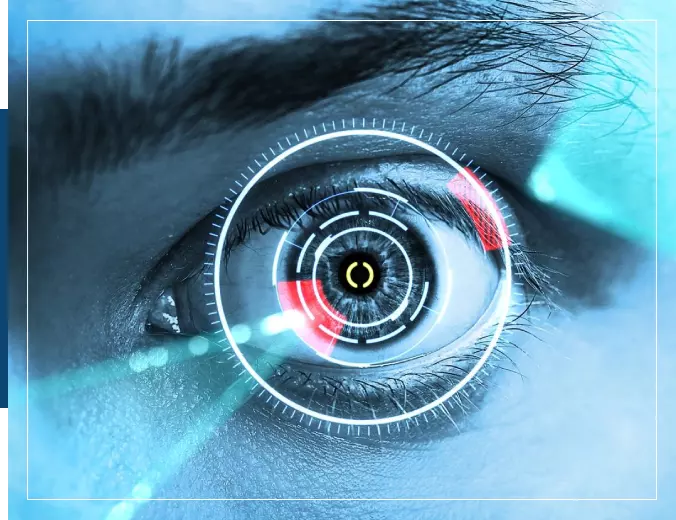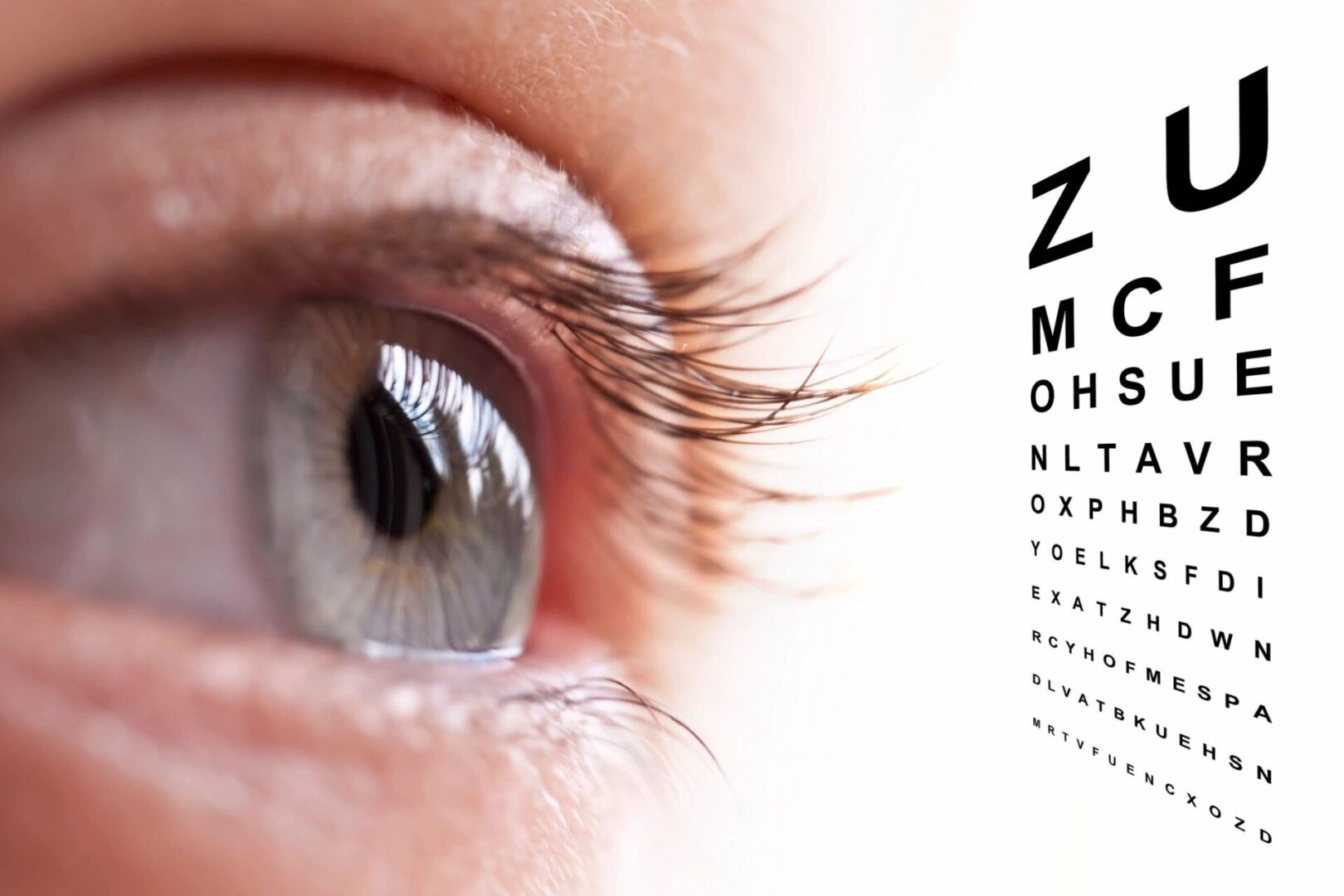Advanced Eye Care Services

LASIK
LASIK is used to treat myopia (nearsightedness), astigmatism, and low amounts of hyperopia (farsightedness). Using the most advanced and clinically safe technology available, our surgeons perform LASIK using IntraLase™, an all-laser, blade-free procedure in conjunction with CustomVue™.
With CustomVue™, each patient's treatment is "designed" by the unique characteristics of the individual's eyes. WaveScan® technology captures unique imperfections and produces a detailed map of the eye — much like a fingerprint. It then translates this information into a set of CustomVue treatment instructions for the laser. This new level of measurement provides more precision than measurements using standard methods.
PRK
PRK is a laser procedure that reshapes the cornea by removing corneal tissue to refocus light on the retina. It may be used to correct nearsightedness, farsightedness, and astigmatism and is an alternative to LASIK.


Cataract
Symptoms of early cataracts may be improved with new eyeglasses, brighter lighting, anti-glare sunglasses, or magnifying lenses. If these measures do not help, surgery is the only effective treatment. Surgery involves removing the cloudy lens and replacing it with an artificial lens.
Cataract surgery is performed in our ambulatory surgery center located in Cedar Knolls. The procedure takes place in an operating room and involves making a small incision on the side of the cornea (the clear, dome-shaped surface that covers the front of the eye). A tiny probe is inserted into the eye and emits ultrasound waves that soften and break up the lens so that it can be removed by suction. Most cataract surgery today is done by phacoemulsification, also called small incision cataract surgery. Most cases do not require any injections or sutures. Anesthetic eye drops are used to numb the eye for the surgery.
After the natural lens has been removed, it often is replaced by a synthetic lens called an intraocular lens (IOL). An IOL is a clear, soft plastic lens that requires no care and becomes a permanent part of your eye. Light is focused clearly by the IOL onto the retina, improving your vision. You will not feel or see the new lens.
Cataract Implant Options
There are different kinds of lenses (like a mini flexible soft contact lens) that can be put in your eye during cataract surgery. These lenses are designed to replace the cloudy cataract lens, and are designed to last a lifetime. The following is a basic overview of lens implants (IOLs):
Monofocal (standard) IOLs:
Monofocal IOLs (non-Toric) are the most basic type and have a single focus. These lenses help you see clearly either up close or far away, but not both at the same time. This means that after surgery, you will still need glasses for activities like reading or using a computer. Monofocal IOLs may provide excellent distance vision (or reading vision, but not both) without glasses for many patients. However, this IOL does not correct astigmatism. If you have astigmatism and choose this IOL, you will likely require glasses for all activities after surgery. This lens is typically covered by insurance.
Toric IOLs:
Toric IOLs are specifically designed to correct a type of blurry vision called astigmatism. Toric IOLs can be monofocal or multifocal. Toric IOLs can provide excellent vision for patients who have astigmatism. If you have astigmatism, this IOL will decrease the need for glasses compared with a standard monofocal IOL. There is an out of pocket cost for this lens.
Multifocal IOLs:
These premier lenses help you see clearly both up close and far away, kind of like having two lenses in one. This can reduce or eliminate the need for glasses for many activities. (Some patients may require a light prescription for glasses to fine-tune vision for certain activities). Also, some patients may experience halos or glare, particularly in low-light conditions, such as driving at night. There is an out of pocket cost for this lens.
The choice of IOL depends on various factors, including the patient's lifestyle, visual preferences, ocular health, and the presence of other refractive errors like astigmatism. It's essential for patients to discuss their options with their ophthalmologist to determine the most suitable IOL for their individual needs.
Cataract Implant Options
Glaucoma Surgery
Laser for Narrow-Angle
Glaucoma SLT (LASER)

(973) 228-4990 West Caldwell